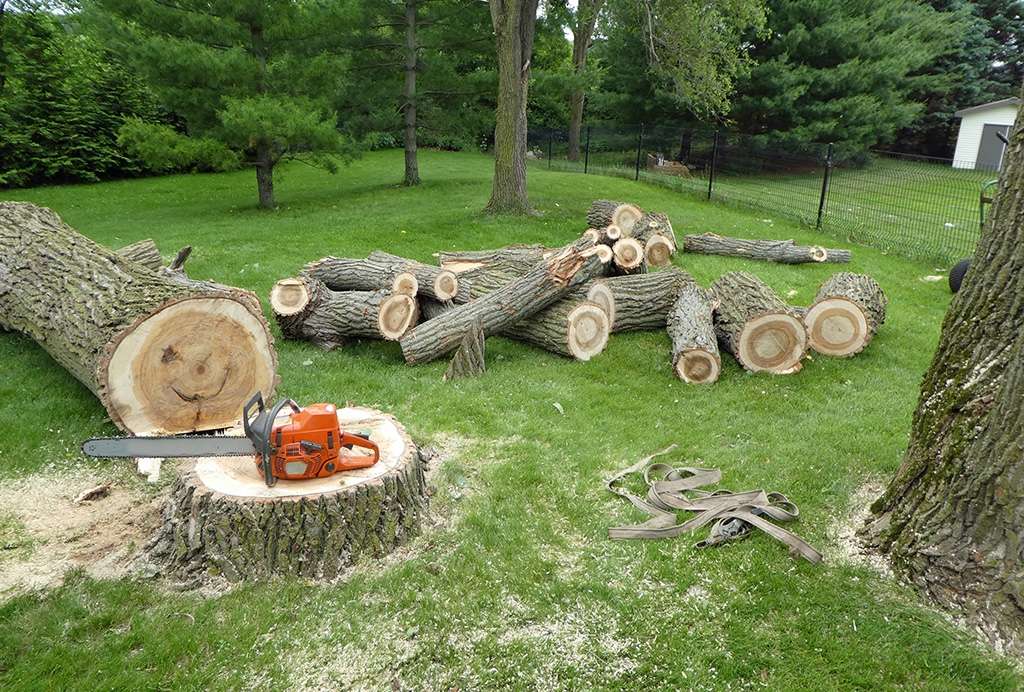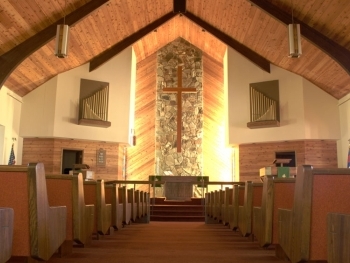Trees add beauty, shade, and character to any property. They contribute to the environment by improving air quality, supporting wildlife, and providing essential ecosystem benefits. However, when trees become diseased, damaged, or die, they can pose risks to both people and property. Deciding when tree removal is necessary is crucial, especially for the long-term health and safety of your yard. Let’s explore when tree removal in Vancouver WA is the best choice and how to identify the signs that a tree may be beyond saving.
Recognizing the Signs of a Dead or Dying Tree
While some symptoms of a dead or dying tree are obvious, others can be subtle and require close examination. Here are some common signs that indicate a tree may no longer be healthy:
- Leaf Loss and Poor Foliage: Trees typically lose leaves during certain seasons, but if a tree is prematurely shedding leaves or has little to no foliage in the growing season, it may be struggling with underlying health issues.
- Brittle or Dead Branches: Healthy branches are strong and flexible, even in the winter months. Dead branches break easily and often appear brittle or hollow. If branches start falling regularly or seem unusually weak, this can indicate severe damage or disease.
- Fungal Growth and Mushrooms: Fungal growth at the base of a tree or around its trunk is a red flag. Fungi feed on decaying wood, so if mushrooms or other fungi are growing around the base, it could mean that parts of the tree are already rotting from the inside out.
- Cracks or Cavities in the Trunk: Visible cracks or cavities in the trunk may signal structural weakness. Trees with large cracks are at greater risk of breaking during storms, especially when strong winds or heavy snow weigh them down.
- Leaning or Unstable Structure: A tree that is leaning significantly is often structurally compromised. Severe leaning could indicate that the root system has been damaged, and such a tree is prone to falling unexpectedly, making it a potential hazard.
Common Causes of Tree Disease
Tree disease can be caused by various factors, ranging from environmental stress to pest infestations. Some of the most common culprits include:
- Insect Infestations: Beetles, borers, and other insects can invade and weaken trees, leaving them vulnerable to disease. For example, bark beetles attack trees by boring into their bark, leading to eventual decay.
- Fungal Infections: Fungi like root rot or canker infections attack trees and can spread to other trees in the area. These fungi typically target weakened or stressed trees, making them even more susceptible to disease.
- Nutrient Deficiencies: Trees require essential nutrients to thrive, and a lack of these nutrients can lead to poor health and disease susceptibility.
When Tree Removal is the Best Choice
Sometimes, a tree can be saved with proper care and treatment, such as pruning diseased branches or applying fungicides. However, there are situations where tree removal is the most responsible option:
- The Tree Poses a Safety Hazard: Dead or dying trees are often structurally unsound and can fall without warning. If a tree is located near your home, power lines, or walkways, it’s especially important to consider removal for safety reasons.
- Disease Has Spread Beyond Control: If a tree is severely infected and shows no signs of recovery, it may be best to remove it before the disease spreads to other nearby trees.
- Significant Structural Damage: Trees that have been heavily damaged by storms or other accidents are often beyond repair. Removal can prevent the damaged tree from causing further destruction.
- Pest Infestation: Trees infested with pests like emerald ash borers or bark beetles often suffer extensive internal damage. These infestations are challenging to control and can easily spread to healthy trees, making removal the safest option.
- Dead Trees: Once a tree is confirmed dead, it serves little purpose in the landscape other than as a habitat for pests. Dead trees can no longer support themselves, which makes them a liability, especially during inclement weather.
Why You Should Leave Tree Removal to Professionals
Attempting to remove a tree on your own can be risky. Tree removal requires specialized tools and experience to ensure that the process is safe and efficient. Here are some reasons why hiring a professional tree service company in Vancouver WA, like Timber TEKS, is the best approach:
- Safety: Removing a tree involves working with heavy equipment, cutting limbs at considerable heights, and often operating in challenging conditions. Professionals have the training to manage these risks safely.
- Preventing Property Damage: Poorly managed tree removal can result in falling branches that damage nearby structures or landscaping. Experts know how to safely dismantle a tree without harming your property.
- Efficient Debris Removal: Professional tree care companies handle all aspects of tree removal, including stump grinding and debris cleanup. This ensures your property is left looking clean and safe.
Maintaining a Healthy Landscape for the Future
Regular maintenance and timely removal of dead or diseased trees can enhance the beauty, safety, and health of your property. Working with certified arborists to assess the health of your trees can prevent issues before they start and help identify when intervention is necessary.
At Timber TEKS, our team of experienced tree care professionals in Vancouver WA is ready to help you make informed decisions about your trees. Whether it’s time to remove a hazardous tree or you want to learn more about our tree health assessments, we’re here to ensure your landscape remains safe and vibrant.





